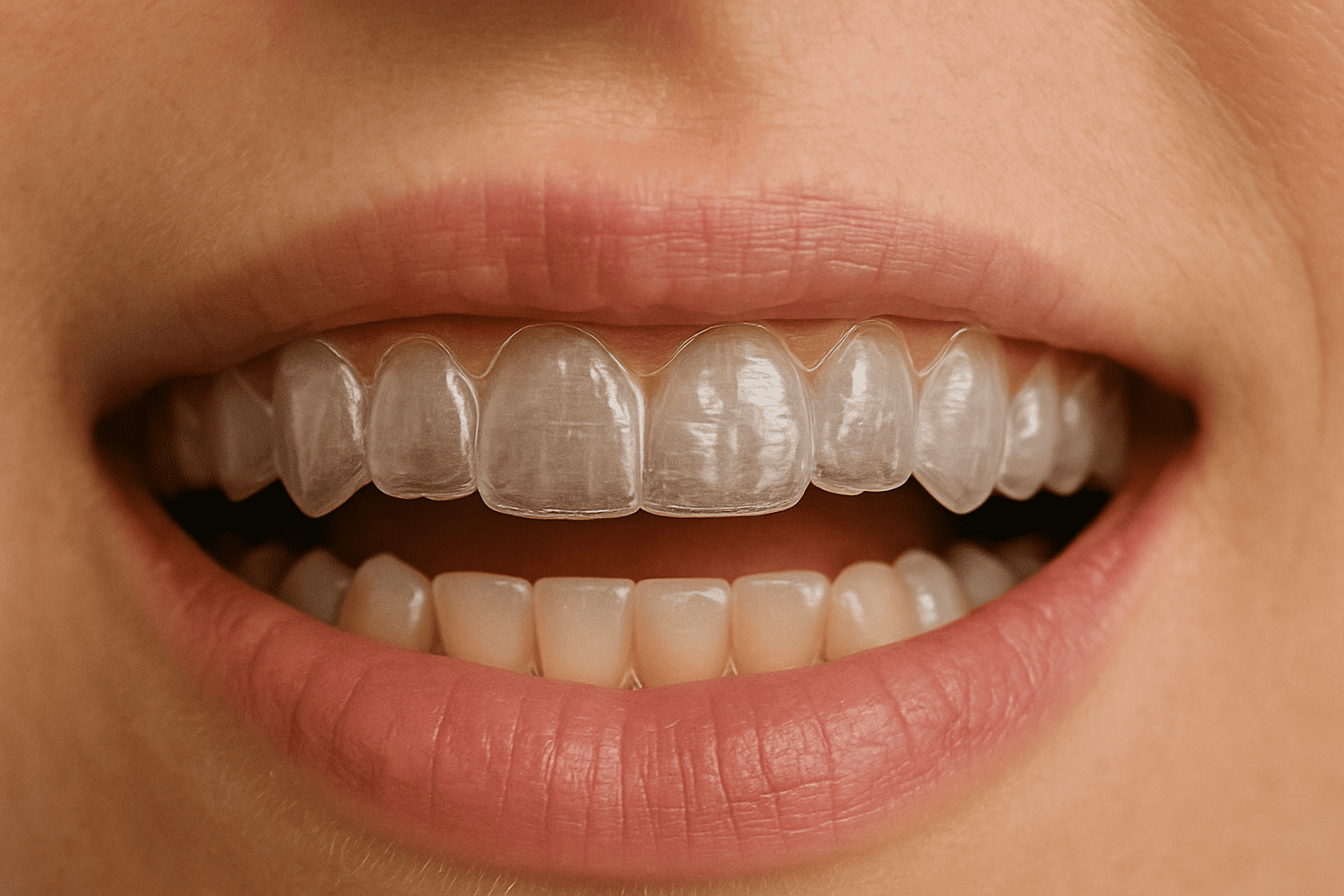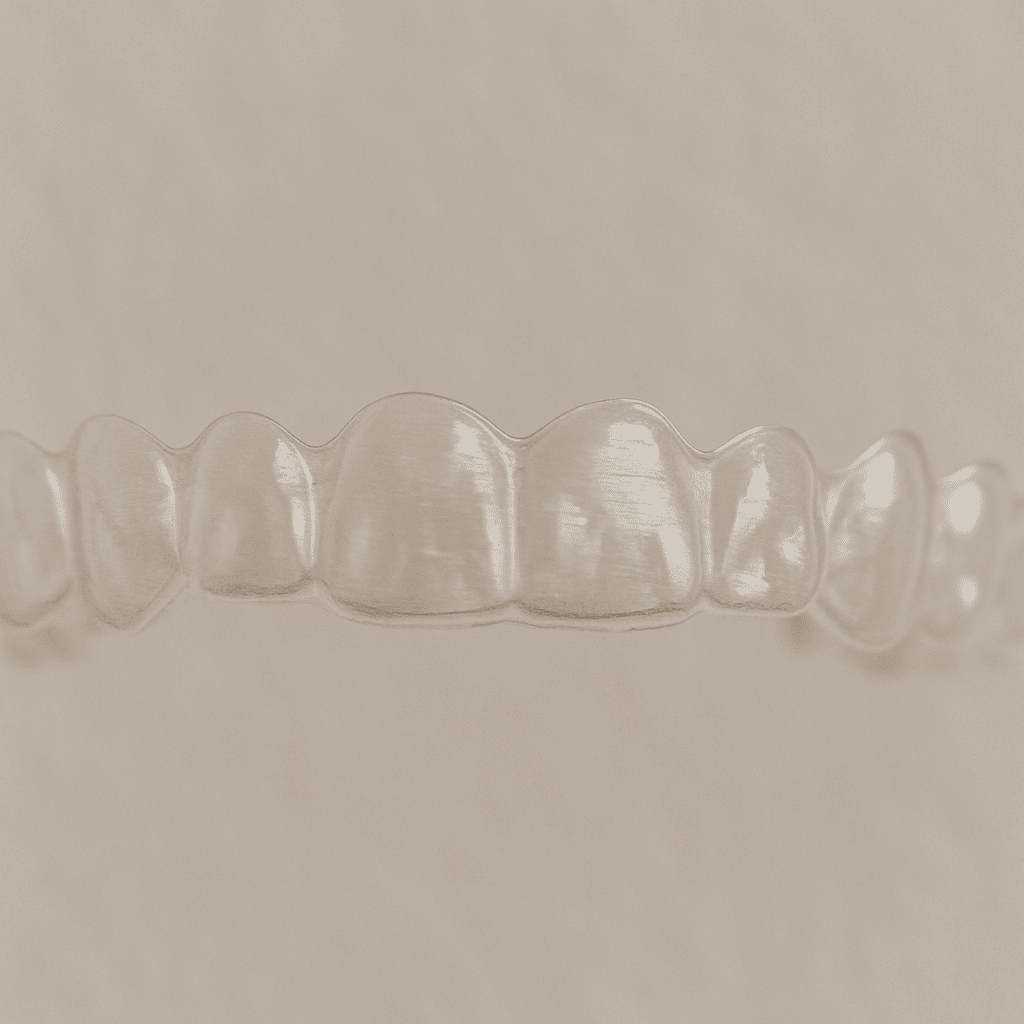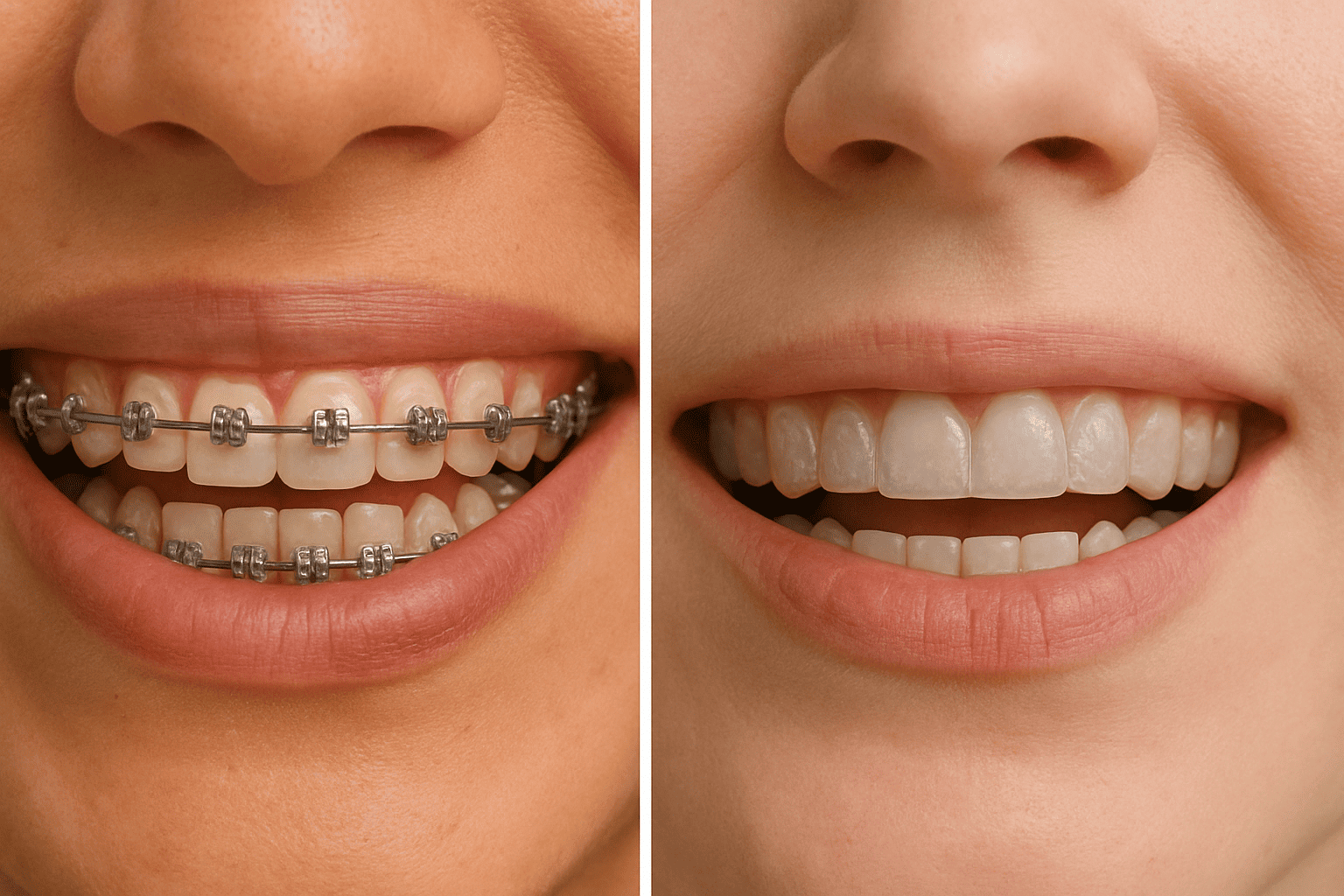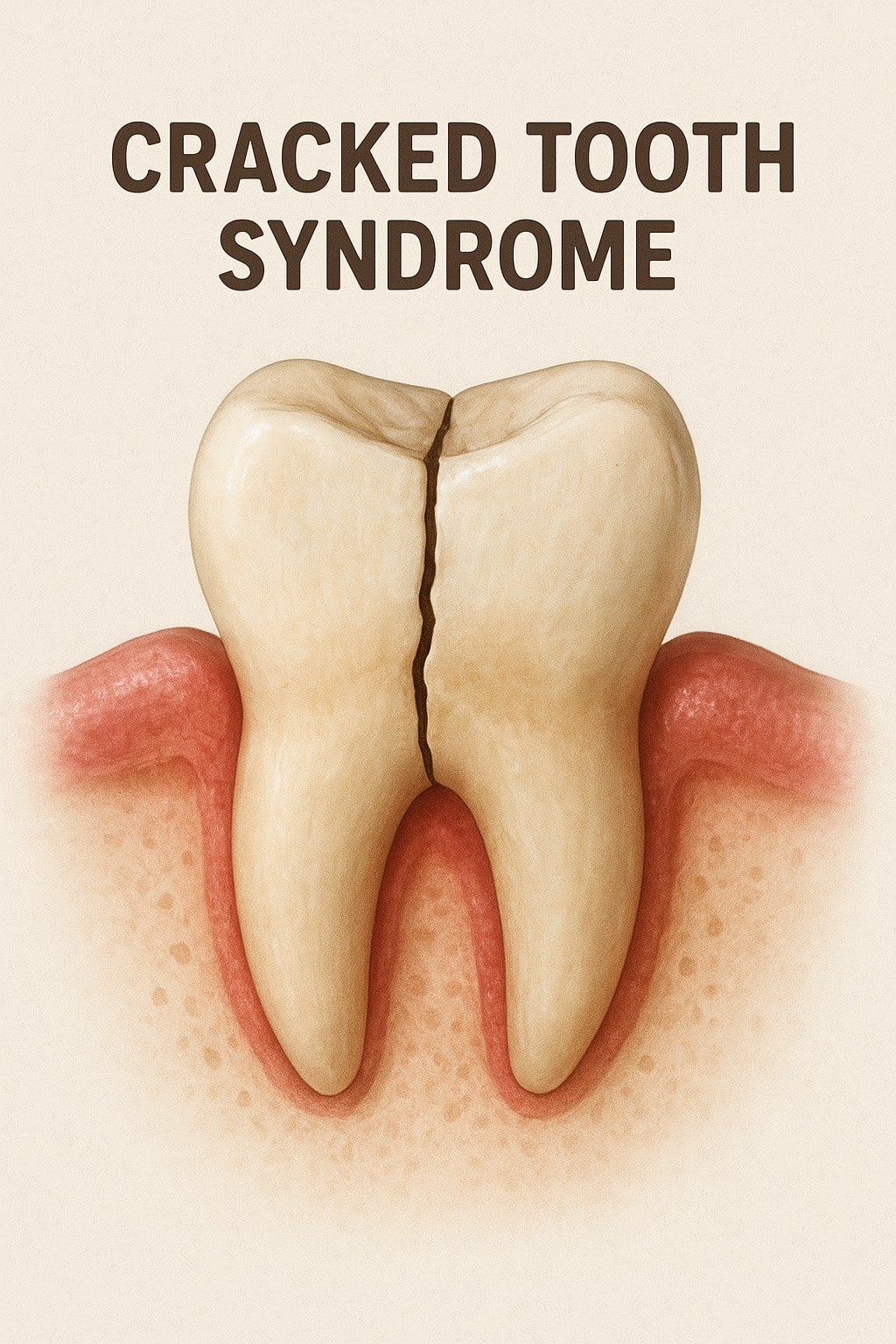How Do Clear Aligners Work?
Dreaming of a straighter smile? We’ll explore how clear aligners work, their benefits, and tips to achieve a confident, healthy grin with ease.

Picture a straighter, healthier smile without the obvious metal brackets of traditional braces. Clear aligners, an innovative orthodontic solution, make this a reality for millions, with brands like Invisalign, ClearCorrect, and Smartee, leading the way. These nearly invisible, removable trays offer a stylish, modern option for teens and adults wanting to fix misaligned teeth while keeping their natural look.
In this guide, we’ll dive into how clear aligners work, the science behind them, the treatment steps, and handy tips for success, all explained with scientific clarity in a way that’s easy to understand.
What Are Clear Aligners?
Clear aligners are custom-made, transparent plastic trays that gently guide teeth into their ideal positions, correcting malocclusion (misaligned teeth) like crowding, gaps, or bite problems. Made from safe, flexible thermoplastic materials; they’re durable, comfortable, and free of harmful chemicals like BPA. Unlike traditional braces, aligners are barely noticeable, removable for meals and brushing, and smooth to wear, making them a top choice for teens and adults with mild to moderate orthodontic needs.
Aligners work well for issues like crowded teeth, gaps, overbites, underbites, or crossbites, but severe cases, like complex jaw misalignments, may need braces or surgery. We use tools like X-rays and digital scans to ensure aligners are a safe, effective fit for you.

The Science Behind Clear Aligners: How Teeth Move
The brilliance of clear aligners comes from biomechanics, the science of moving teeth safely within the jawbone. Teeth aren’t locked in place; they rest in bone that reshapes under gentle pressure. Aligners apply precise forces (shifting teeth about 0.2-0.33 mm or rotating them 1-2 degrees per tray) to spark bone remodeling. On one side of a tooth, cells called “osteoclasts” break down bone, while others called “osteoblasts” build new bone on the other, letting the tooth glide into place.
Each aligner in a series is like a small step in a carefully planned journey, nudging teeth toward their final spots. X-rays are key, showing tooth roots, bone health, and any hidden issues like impacted teeth to keep movements safe. Features like tiny, tooth-colored composite attachments or interproximal reduction (IPR, shaving 0.2-0.5 mm of enamel) help with trickier movements, all guided by X-rays and scans for accuracy and safety.
The Clear Aligner Treatment Process: Step-by-Step
Starting your clear aligner journey is like following a clear, well-lit path. This process blends advanced technology, like 3D printing and digital dentistry, with personalized orthodontic care to deliver results tailored to your teeth. Each step is designed to make your experience smooth and effective, from your first visit to your final smile. Here’s how it works:
- Initial Consultation: Your adventure begins with a visit to a dentist, who evaluates your teeth, bite, and oral health to see if aligners are right for you. Using tools like panoramic or cephalometric X-rays, they check tooth roots, jaw alignment, and bone health, spotting any concerns like root resorption or bone loss that could affect treatment. You’ll discuss your smile goals, costs, and the expected treatment duration (usually 6-18 months), setting a clear plan forward.
- Digital Scanning and Planning: Say goodbye to goopy dental impressions! With intraoral scanners, your orthodontist creates a 3D model of your teeth in minutes. This digital dentistry tool combines X-ray data to map out exact tooth movements, ensuring safety and precision. Specialised software lets you peek at your future smile, boosting your excitement for what’s to come.
- Preparatory Work: Some smiles need a little prep before aligners can work their magic. X-rays guide minor tweaks like interproximal reduction (IPR), where 0.2-0.5 mm of enamel is gently shaved to make space, or the placement of small, tooth-colored attachments to help aligners grip for complex shifts like rotations. Photos alongside X-rays map your jaw and teeth, ensuring every detail is covered.
- Aligner Fabrication and Delivery: Your custom aligners (10-50 trays) are crafted using 3D printing technology and CAD/CAM systems, designed to hug your teeth perfectly. Made from advanced materials, they feel snug and comfortable. Your orthodontist ensures a great fit and explains how to wear them 20-22 hours daily, removing them only for eating, drinking (except water), or brushing.
- Regular Check-Ups and Aligner Changes: As you swap aligners every 1-2 weeks, your teeth move closer to their goal. Check-ups typically happen every 4-8 weeks to track progress. Follow-up X-rays may check root and bone health if needed. If teeth stray off course, refinements (extra aligners) may be offered to keep your smile on track.
- Retention Phase: Once your aligners have done their job, retainers are used to preserve your stunning results. Wear removable or fixed retainers to stop orthodontic relapse (teeth shifting back). Post-treatment X-rays confirm your roots and bone are stable, ensuring lasting success.
- Post-Treatment Enhancements: If you want to make your smile shine even brighter, optional treatments like teeth whitening or contouring can add sparkle.

Clear Aligners vs. Traditional Braces: What’s the Difference?
Choosing between clear aligners and traditional braces is like picking between a sleek smartphone and a trusty landline; both get the job done, but the experience feels different. Clear aligners, from brands like Invisalign and Smartee, use transparent, removable trays to straighten teeth discreetly, while traditional braces rely on fixed metal or ceramic brackets and wires. Knowing how they compare helps you find the perfect fit for your lifestyle, dental needs, and budget. Here’s the breakdown:
- Aesthetics: Clear aligners are nearly invisible, blending effortlessly into your daily life, making them a favorite for professionals, teens, or anyone who values a subtle look. Metal braces stand out, while ceramic braces are less noticeable, yet still more visible than aligners. This discretion makes aligners ideal for keeping your confidence high during treatment.
- Comfort: Aligners, crafted from smooth thermoplastic materials like polyurethane, feel gentle on your gums and cheeks, reducing irritation. Traditional braces, with their wires and brackets, can cause soreness or scrapes, especially after tightening, often needing wax to ease discomfort.
- Hygiene: Aligners’ removability is a significant perk, letting you brush and floss normally without food restrictions. Braces, being fixed, can trap food, requiring tools like interdental brushes and avoiding sticky or hard foods (like gum or nuts) to prevent damage, making cleaning trickier.
- Compliance: Aligners depend on you wearing them 20-22 hours daily; skipping time can slow progress or require extra trays. Braces, fixed to your teeth, work around the clock without needing your effort, perfect for those who might forget to stay consistent.
- Duration: Aligners typically take 6-18 months, often faster for simpler cases, thanks to digital planning. Braces may need 1-3 years, especially for complex issues, but their fixed design ensures steady movement. Treatment time varies by case and commitment.

Check our orthodontic treatments page for more information about braces and clear aligers, and book an appointment with us.
Practical Tips for Clear Aligner Success
Wearing clear aligners is like adding a simple, yet important, habit to your day; easy to manage with a bit of dedication. Whether you’re a busy professional, a teen balancing school, or an active adult, these tips make your aligner journey smooth and successful. From sticking to wear time to keeping your trays sparkling, here’s how to stay on top of it:
- Wear Time: Wear your aligners 20-22 hours daily to keep your teeth moving as planned. Missing hours can delay your progress or lead to extra aligners.
- Comfort: New aligners may cause mild soreness or pressure for 2-3 days as your teeth adjust. A slight lisp or sensitivity is normal but we adapt quickly. Chewing aids like Chewies ensure aligners fit snugly, helping your teeth move efficiently and easing discomfort.
- Cleaning: Keep aligners fresh by rinsing with cold water and brushing gently. You can also use effervescent tablets in cold water. Skip hot water, which can warp the plastic. Brush and floss after meals before popping aligners back in to avoid stains, bacteria, or cavities, keeping your smile healthy.
- Lifestyle: Aligners fit easily into your routine. Plan meals to limit removal time, ensuring you hit the 20-22-hour wear goal. Pack a travel hygiene kit with a toothbrush, floss, and aligner case for care on the go, like at restaurants or trips. Aligners are safe for sports, but store them in a case when off to prevent loss or damage. Never wrap in a tissue, as these tend to be thrown in the rubbish bin by accident!
- Diet: No food limits with aligners since you remove them for meals. But skip drinks like coffee, tea, or wine while wearing them to avoid staining or warping. Always brush well before reinserting to keep aligners clear and your teeth healthy.
Risks and Complications
Clear aligners are safe under a dentist’s care, with X-rays checking for issues like bone loss or root resorption. Minor side effects, like tenderness or gum irritation, are manageable with good hygiene. Poorly fitted aligners may cause discomfort or slow progress, but adjustments can resolve these issues. Complications are rare (under 5% of cases) but can include cavities or gum problems if cleaning is skipped. Report lost or damaged aligners right away; replacements are charged additionally.
Retention and Long-Term Care
Teeth naturally shift over time, risking orthodontic relapse. Retainers, either removable or fixed, are vital. Removable retainers are worn nightly for life. Skipping retainers may mean more treatment later. Post-treatment X-rays ensure your roots and bone are stable. Regular retainer use locks in your perfect grin forever.
Psychological and Social Benefits
Clear aligners’ subtle design boosts self-esteem, particularly among teens and professionals, compared to noticeable braces. Patients feel more confident in social or work settings, enjoying greater social acceptance. A straighter smile can brighten your mood, with research showing improved self-image after treatment.
Conclusion
Clear aligners, from brands like Invisalign or Smartee, offer a stylish, comfortable way to fix misaligned teeth using advanced 3D printing and digital dentistry. From X-ray-guided planning to digital impression-taking, the process is precise and user-friendly, typically lasting 6-18 months. Benefits include a discreet look, easy cleaning, and often quicker treatment, though sticking to the plan is key. In 2025, aligners are more effective than ever, transforming smiles and sparking confidence.
Ready to start your smile journey? Book a consultation with us for a smile assessment!






